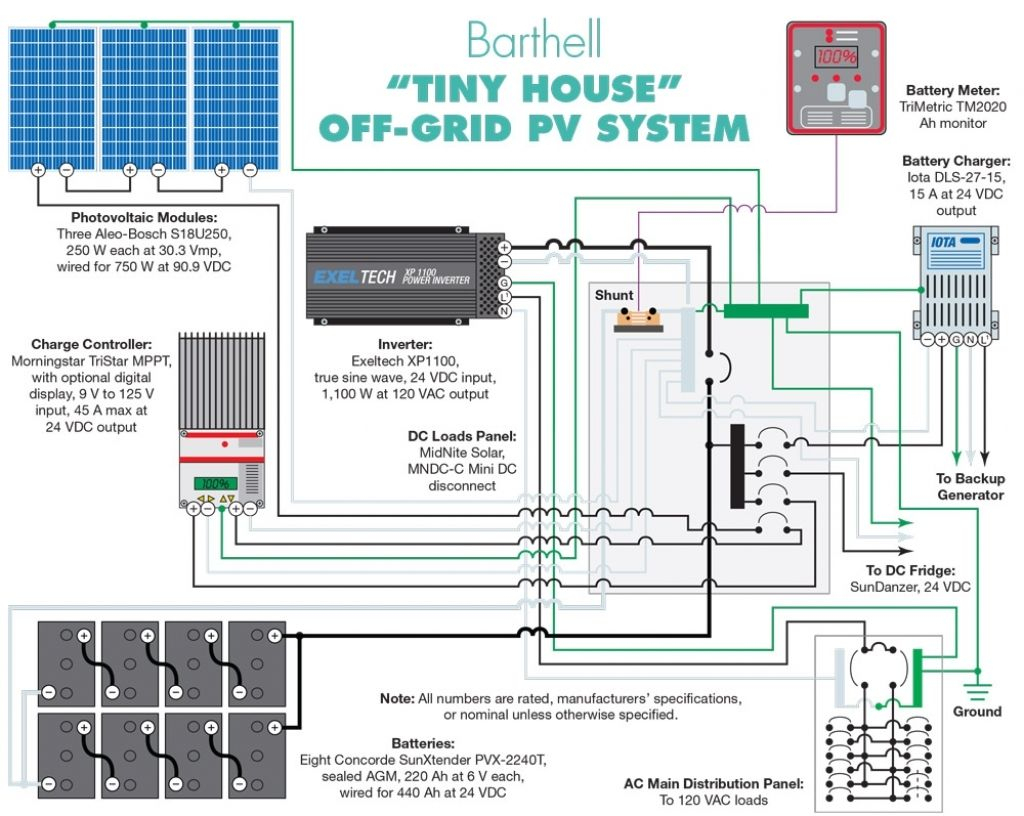How Do I Wire Solar Panels To A Home Inverter And Battery?
“How do I wire solar panels to a home inverter and battery?”
One of the most critical components of a solar power system is the connection between the solar panels, inverter, and battery. In this article, we will guide you through the process of wiring solar panels to a home inverter and battery, ensuring a safe and efficient installation.
Understanding the Components
Before we dive into the wiring process, it’s essential to understand the components involved:
- Solar Panels: These are the photovoltaic (PV) panels that convert sunlight into direct current (DC) electricity.
- Inverter: This device converts the DC power generated by the solar panels into alternating current (AC) electricity, which is usable in your home.
- Battery: A deep cycle battery, also known as a solar battery, stores excess energy generated by the solar panels during the day for use at night or during power outages.
Pre-Wiring Checks
Before starting the wiring process, ensure you have:
- A suitable location for the inverter and battery, protected from the elements and easily accessible.
- The necessary wiring and connectors, including MC4 connectors, PV wire, and AC wiring.
- A compatible inverter and battery, designed to work together seamlessly.
- A thorough understanding of your local electrical codes and regulations.


Wiring the Solar Panels
To wire the solar panels to the inverter, follow these steps:
- Connect the solar panels in series or parallel, depending on your system’s configuration. Series connections increase voltage, while parallel connections increase current.
- Use MC4 connectors to connect the solar panels to the PV wire. MC4 connectors are designed for outdoor use and can withstand harsh weather conditions.
- Run the PV wire from the solar panels to the inverter, ensuring it is sized correctly for the system’s voltage and current.
- Connect the PV wire to the inverter’s DC input, following the manufacturer’s instructions.
Wiring the Inverter
To wire the inverter to the battery and the electrical panel, follow these steps:
- Connect the inverter’s AC output to the electrical panel, using AC wiring that meets local electrical codes.
- Connect the inverter’s DC input to the solar panels, as described above.
- Connect the inverter’s battery input to the battery, using a suitable cable and connectors.
- Configure the inverter’s settings, including the battery type, charging parameters, and grid connection (if applicable).
Wiring the Battery
To wire the battery to the inverter and the electrical panel, follow these steps:
- Connect the battery’s positive terminal to the inverter’s battery input, using a suitable cable and connectors.
- Connect the battery’s negative terminal to the electrical panel’s ground bus, ensuring a safe and secure connection.
- Install a battery monitor, if recommended by the manufacturer, to track the battery’s state of charge and ensure optimal performance.
Grounding and Bonding
Proper grounding and bonding are essential for a safe and efficient solar power system:
- Ground the solar panels, using a grounding rod or plate, to protect against lightning strikes and electrical shock.
- Bond the inverter and battery, using a bonding wire or strap, to ensure a safe and secure connection.
- Connect the grounding system to the electrical panel’s ground bus, completing the circuit.
Final Checks and Testing
Before energizing the system, perform the following checks:
- Verify all connections, ensuring they are secure and meet local electrical codes.
- Check the inverter’s settings, confirming they are configured correctly for your system.
- Test the system, monitoring the inverter’s output, battery state of charge, and electrical panel’s performance.
Maintenance and Monitoring
To ensure your solar power system operates efficiently and safely:
- Regularly inspect the system, checking for signs of wear or damage.
- Monitor the inverter’s performance, using a monitoring system or app, to track energy production and identify potential issues.
- Perform routine maintenance, including cleaning the solar panels and checking the battery’s state of charge.
Conclusion
Wiring solar panels to a home inverter and battery requires careful planning, attention to detail, and a thorough understanding of the components involved. By following the steps outlined in this article, you can ensure a safe and efficient installation, maximizing the potential of your solar power system. Remember to always follow local electrical codes and regulations, and consult a professional if you are unsure about any aspect of the installation process. With a well-designed and installed solar power system, you can enjoy the benefits of renewable energy, reduce your carbon footprint, and save on energy costs for years to come.
